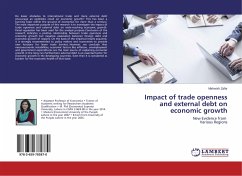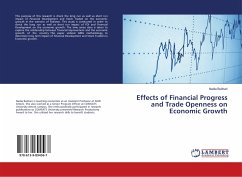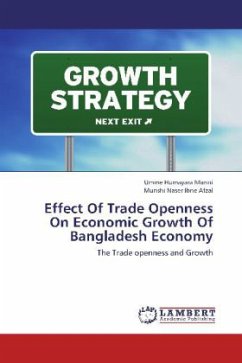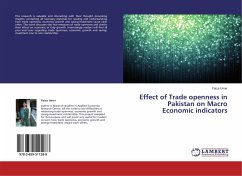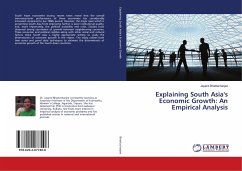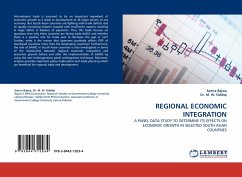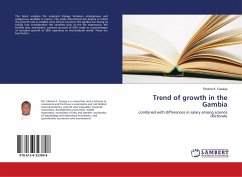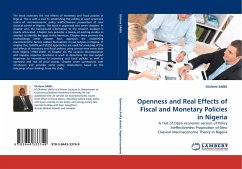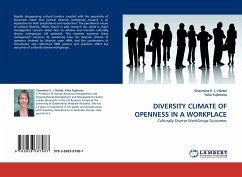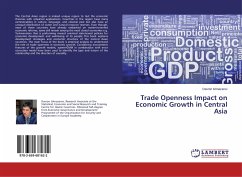
Trade Openness Impact on Economic Growth in Central Asia
Versandkostenfrei!
Versandfertig in 6-10 Tagen
24,99 €
inkl. MwSt.

PAYBACK Punkte
12 °P sammeln!
The Central Asian region is indeed unique region to test the economic theories with empirical applications. Countries in the region have many commonalities in culture, language, and colonial past but also have an unequal distribution of water and natural resource reserves. Even though, most of these countries have already embarked on market-oriented economic reforms, some still remain among the most closed economies e.g. Turkmenistan that is preforming inward oriented state-based policies for economic development and well-being of its people. This book explores development strategies and econo...
The Central Asian region is indeed unique region to test the economic theories with empirical applications. Countries in the region have many commonalities in culture, language, and colonial past but also have an unequal distribution of water and natural resource reserves. Even though, most of these countries have already embarked on market-oriented economic reforms, some still remain among the most closed economies e.g. Turkmenistan that is preforming inward oriented state-based policies for economic development and well-being of its people. This book explores development strategies and economic structure of the Central Asian countries. The main focus of the book is empirical analysis to understand the role of trade openness in economic growth. Considering econometric features of the growth models, system-GMM in combination with error correction model have been used to identify the type and nature of the relationship and the direction of causality.



